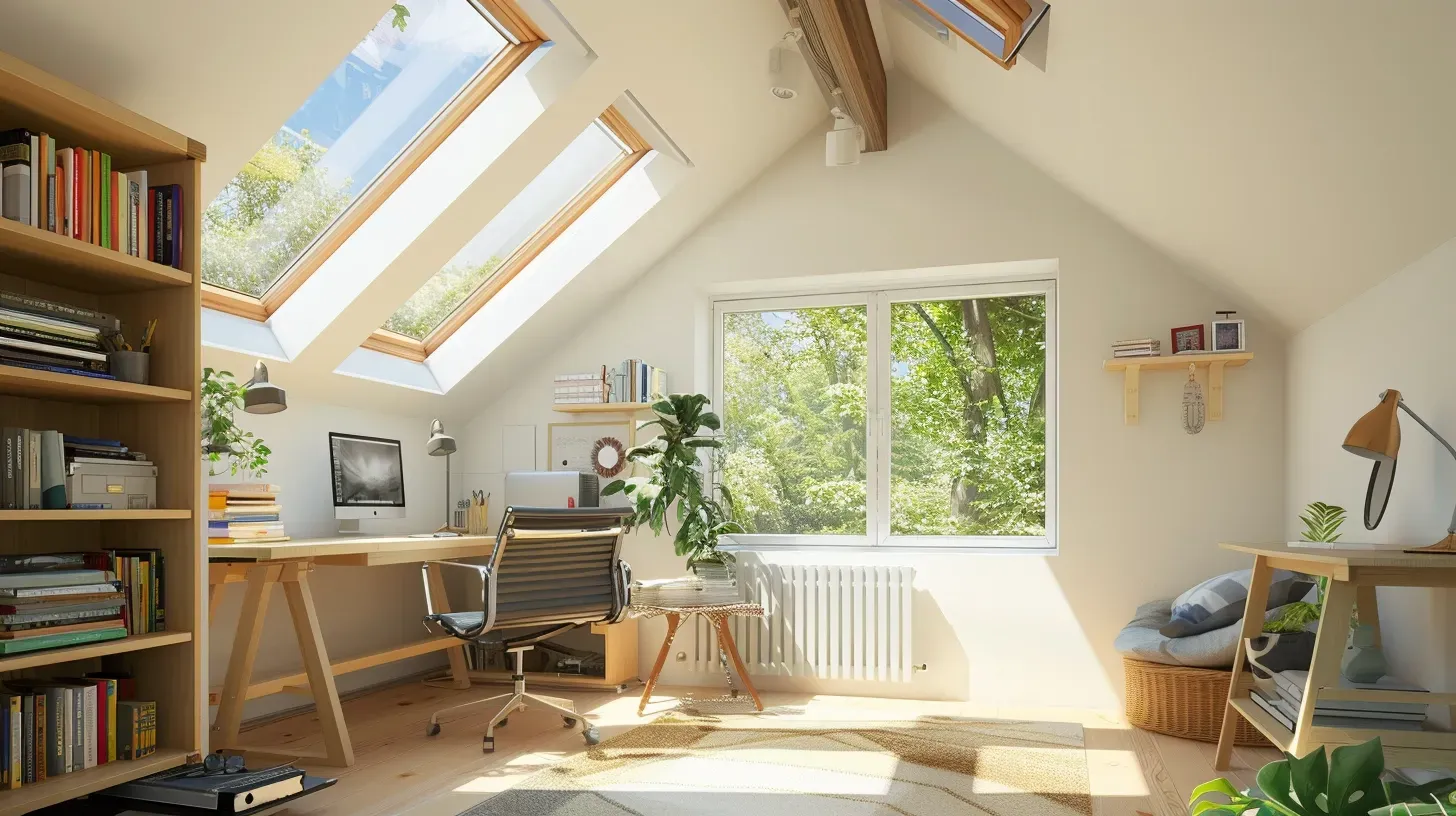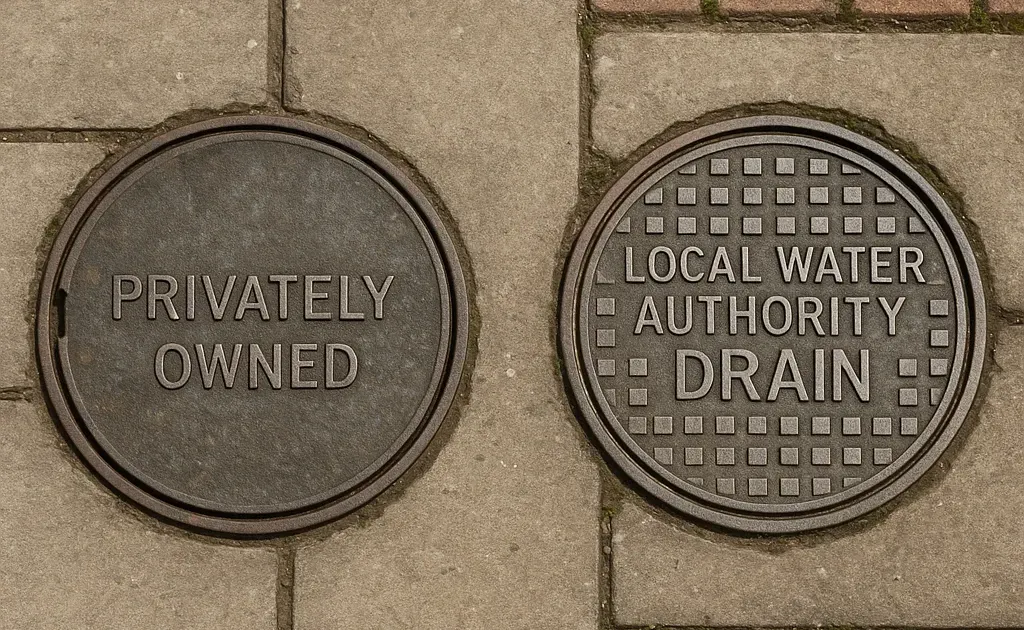Making the Most of Your Home: An Overview of the Different Types of House Extensions
House extensions remain incredibly popular throughout the UK and are some of the best investments for homeowners.
As a rule of thumb, most extensions boost home value by around 10%, but
Nationwide found that extending an average 3-bed semi can increase value by around 23%. Extensions are cheaper than upsizing and enable homeowners to enjoy their homes without having to move and without having to worry about space.
If you’re curious to see how much an extension is worth in your area, the
ONS offers a tool here - but bear in mind that it uses 2017 data.
There are many types of extensions, however. Here, we’re going to discuss the types of house extensions available and the benefits and drawbacks of each
The main types of house extensions
There are five main types of extensions:
- Rear extensions
- Side return extensions
- Wrap-around extensions
- Porch extensions
- Double-storey extensions
You could class the following as ‘extensions’, though they probably fall into the category of ‘conversions’ as they primarily convert existing space - but you could say that’s splitting hairs!
- Loft conversions
- Garage or basement conversions
1. Rear extensions
Rear extensions are popular because Permitted Development Rights (PDRs) provide liberal coverage of any extension to the rear of the house. Rear extensions cause minimal disruption and hassle to neighbours and don’t affect the building’s appearance from the front. To find out how PDRs apply to rear extensions, head to our article here.
Building rear extensions are quite straightforward and enable homeowners to extend their kitchen and living area, create a large open plan downstairs space, or even an orangery. Rear extensions are simple to build when the garden is flat - sloped gardens require levelling works that are a little more complex.
Benefits of rear extensions:
- Liberal PDRs cover rear extensions up to 3m or 6m with a neighbour consultation scheme (8m for detached). This is subject to other rules regarding boundaries, etc.
- Make use of a disused garden or patio space.
- Excellent for extending a kitchen.
- Potential to build an orangery by fitting lantern windows.
- Can add bifold doors.
- Potential to create open-plan ground floor living areas.
- Straightforward for flat gardens.
2. Side Return Extensions
Side return extensions are an excellent choice for terraced homes that feature an old side return, a strip of land at the back of the house.
The side return is an extension of the garden and is usually around 3m wide at the most. The side return is often used as a dumping ground for bikes, bins and that sort of thing.
Extending into the side return is extremely popular for city terraces. In fact, it’s often one of the only extension types available to city terrace owners.
In addition, side return extensions are often used to add significant extra space to the downstairs and unlock potential to create attractive open-plan living areas. For a full guide to side return extensions, head here.
Benefits of side return extensions:
- Make use of the disused side return at the rear of many terraced properties.
- Excellent option for terraced homeowners.
- Can use to create open-plan kitchen-living areas.
- Sometimes built with a dividing wall to create a semi-outdoor undercover space.
- Small, non-disruptive extensions that don’t normally require extensive groundwork.
- Straightforward for flat gardens.
- Boosts space and home value in cities.
3. Wrap Around Extensions
Wrap-around extensions combine rear extensions with some form of side extension. For terraced homes, this might be a side return extension. For semi-detached homes, a side extension might use space from an alleyway or convert the garage.
Detached homes (or some end terraces/semi-ds with space at the side) can add side returns without modifying the existing walls.
Most wrap-around extensions hug the side of the house and extend out the back. The resulting extension can add considerable space to any home.
As such, these types of extensions don’t always fall under Permitted Development.
Fast Plans will manage the planning process for you if required. For more information on wrap-around extensions,
see our guide here.
Benefits of a wrap-around extension:
- Combine side and rear extensions.
- One of the most comprehensive extension options in terms of size.
- Suitable for detached, semi-detached and some terraced houses.
- Can be combined with a side return extension in the case of a terraced home.
- Adds substantial space to the downstairs - perfect for extending kitchens and living rooms.
- Potential to create large open-plan spaces.
- Can create a roof garden or terrace.
4. Porch extensions
Porches are desirable additions to any home. They act as the gateway between the home and the outdoors, serving as a useful space for storing shoes, umbrellas, coats and outdoor equipment like scooters, bikes, etc. Porches also add another door to the home, thus boosting security and also bolster heat insulation.
Building a porch extension is straightforward in many cases, and many homeowners add a porch extension to other extension plans.
Porch extensions are considered Permitted Development if the total ground floor, measured externally, is 3m2 or less. There are other rules regarding height and proximity to the boundary. You'll likely have no issues building a porch if you’ve got a relatively large front garden and/or driveway.
Porch extension benefits:
- Cost-effective way to boost space.
- Effective storage for shoes, coats, outdoor equipment, etc.
- Enhances home security.
- Increases home curb appeal and value.
- Often built together with other extensions.
- Usually covered by Permitted Development.
5. Two-Storey Extension
Permitted Development for two-storey extensions has relaxed in recent years. As a result, you can now build various two-storey extensions without Planning Permission, providing you don’t exceed the height of the original roof or eaves and match the roof's pitch.
There are other rules pertaining to window type and height (e.g. to prevent the risk of falling). Moreover, the roof must attempt to match the original materials. Check out our
guide to Permitted Development for more.
Two-storey extensions are the most comprehensive extension option. There are many different styles and options, including converting the garage and building on top, or building a rear extension and extending a second storey at the back of the house.
Benefits of two-storey extensions:
- Add space to the ground floor while creating an extra room upstairs.
- Most comprehensive extension option available under Permitted Development.
- Can extend the second floor to the side or at the rear of the house.
- Significantly increases home value, effectively increasing the bracket a house falls under by one room (e.g. a 3-bed semi becomes a 4-bed semi).
- Potential to extend the kitchen or living area.
- Can create open plan downstairs spaces
6: Loft conversions
Loft conversions turn disused loft space into a liveable area. This is an excellent option when other types of extensions are unnecessary or impossible, even with Planning Permission (e.g. in some inner London boroughs where space is at a premium).
There are four types of loft conversions:
- Velux
- Dormer
- Mansard
- Hip-to-gable
Each comes with its own pros and cons. See our guide to the
cost of loft conversions for more information. Fast Plans offers a loft conversion
drawings and design service that can fast-track your loft conversion ideas into reality.
Benefits of loft conversions:
- Convert existing loft space into liveable areas.
- Perfect for adding an extra bedroom (with or without en-suite).
- Increase home value without extensive work.
- There are both cheaper options (Velux) and more expensive options for creating larger spaces (Mansard).
- Great when other extensions aren’t possible
7: Garage or basement conversions
Finally, we have garage or basement conversions. Garage conversions are by far the most common and convert garages into liveable spaces. It’s not as simple as making some changes and sticking a bed in there, though! Changing a garage to a ‘habitable’ space involves many Building Regulations - a similar project to loft conversions.
Garage conversions are also useful for those who want to add a second storey built on top of the garage. However, it’s worth considering the drawbacks of a garage conversion where other options are available, as garages are attractive to home buyers anyway and the money could be better invested elsewhere in the home.
Benefits of garage or basement conversions:
- Make use of existing space.
- Good choice for homeowners that don’t use garages or basements often.
- Cost-effective.
- Can be used as a platform for second-storey extensions.
Summary: Types of house extensions
These seven types of house extensions and conversions illustrate the many options available to homeowners looking to extend their home.
Fast Plans provide
house extension drawings and designs to get your project moving forward. Where Planning Permission is required, we will manage the process for you. We offer the same package for
loft conversions too.
Our home extensions and
London loft conversion services are an excellent way to boost space at home while increasing home value. They’re one of the most profitable investments you can make for now and for the future.
Ready to get started?
Fixed-price packages with everything included. Call 0208 154 5569 now or request a callback below.
Related posts


